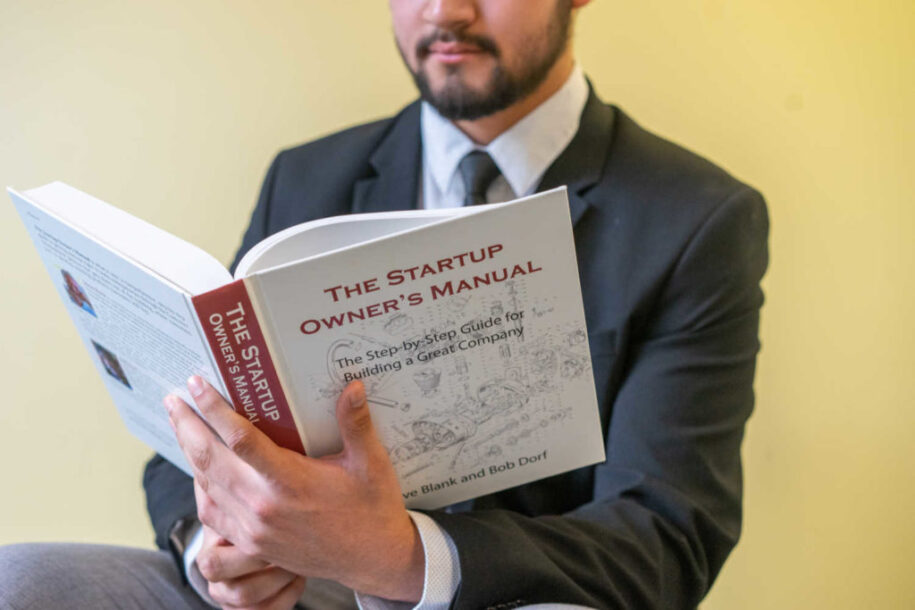Remote hiring is now widespread among businesses of different sizes. It’s not only because it’s cheaper, but also it allows us to get a professional with the desired expertise.
According to the Future Workforce Report 2019 from Upwork , 69% of managers allowing their team members to work remotely, and this number grows each year.
And if you are among those who are planning to hire remote workers, it’s time to expand your knowledge about remote hiring models.
4 Primary remote hiring models
Freelance
Hiring a freelancer to work on your project is known to be a powerful model of remote hiring. It’s easy to find a skillful freelancer online.
Moreover, it’s 40% faster than other hiring procedures. There are two types of agreements you can have with the freelancer: fixed price and hourly. It’s the most cost-effective model, but there are also risks behind it. These risks associated with reliability and resource control. You will need to manage a freelancer yourself, control the quality of work delivered, and most importantly, to be ready for him or her to vanish without explanation.
The most secure way to hire a freelancer is to use websites like Upwork or Guru. There you can check professional background, client reviews, and ratings, as well as be protected from scam and fraud.
Global team model
The global team model (GTM) or global delivery model (GDM) is the most popular way of getting work done in the software development industry. Here the development team consists of members located at different locations across the globe. These can be both onshore and offshore.
This model is useful for completing the project fast since resources are available 24/7 without breaks.
Additionally, GTM is effectively used by companies to provide 24/7 customer support to their clients.
Virtual Team Model
This remote hiring model is usually used by companies who are hiring remote workers from freelance pool fulltime. Here your team members can work from anywhere and have different skills. Still, together they virtually form your own company or department.
The virtual team coordinates electronically and passes ready-to-go resources to each other. I.e., a designer designs interface shares it with the developer, the developer codes software and give it to QA. After testing and bug fixing, the product owner checks it and represents it to the client. The chain differs from project to project.
Dedicated Team Model
DTM model is popular among companies that are hiring remote teams onshore and offshore. In this case, you are getting the service from the company which employs staff based on your project requirements. These people are working under your or your team members supervision.
A third-party company handles other things. These include hiring process and legal obligations maintenance. As a part of the contract, the company can also handle other matters related to your team’s work. Nevertheless, you get resources for your projects, and your team is working exclusively for you.
The dedicated team model is the most popular for large-scale projects sine it provides full control over the resources hired on your behalf.
If you are looking for a dedicated team service in Poland or Ukraine, Efisco can help you with that!

